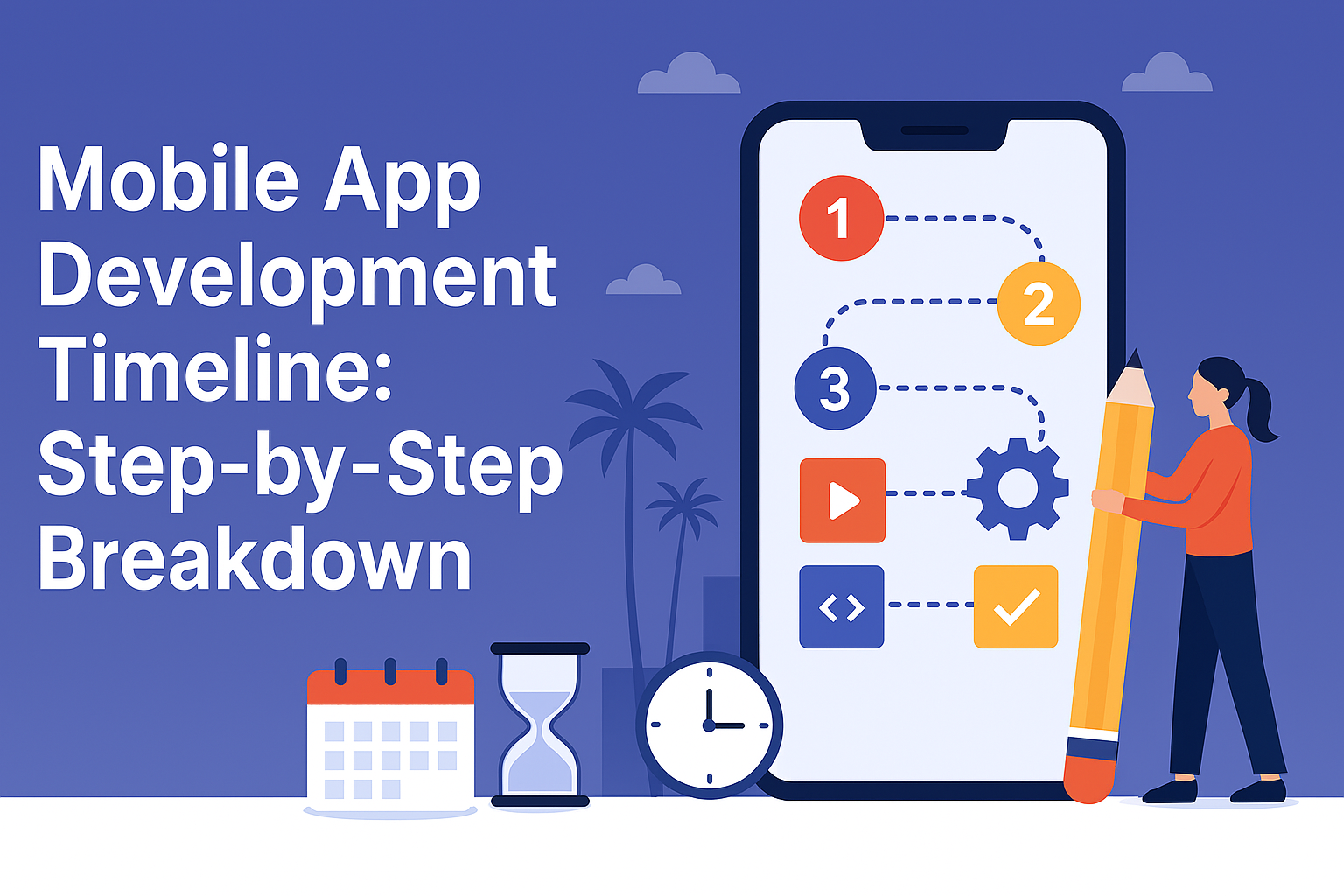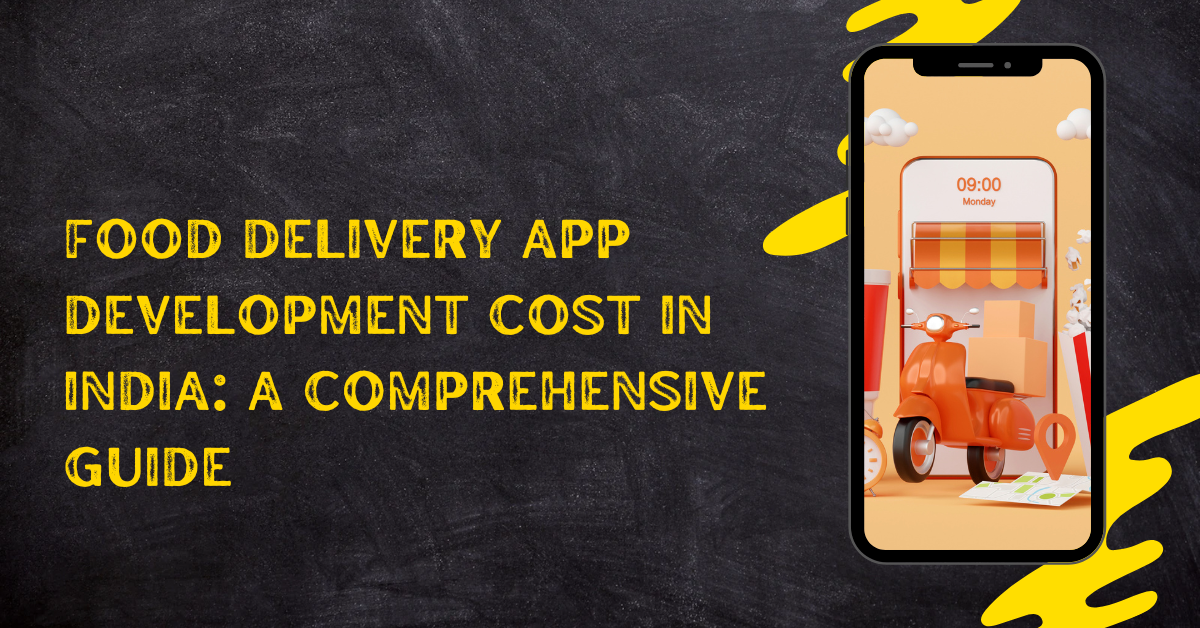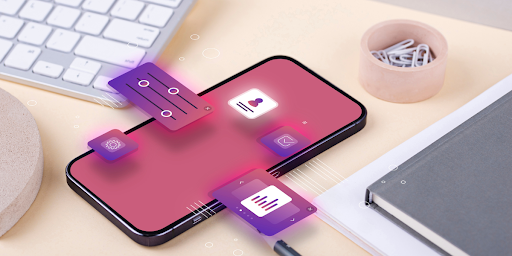Mobile App Development Timeline: How Long Does It Take to Develop An App?

Strong 8k brings an ultra-HD IPTV experience to your living room and your pocket.
It takes more than an excellent idea to develop a mobile application. One of the most common questions asked by businesses and startups is: How long does it take to develop a mobile application? Knowing the mobile app development timeline might break or make your expectations, utilize resources efficiently, and prevent unnecessary delays.
✍️ Curious about the differences between native, hybrid, and progressive web apps? Our comprehensive app development guide breaks down each type with pros, cons, and use cases.
Here, we are going to outline the key stages that affect the mobile app development timeline, from ideation to after-launch, based on actual insights that will enable you to plan ahead.
What Affects the Mobile App Development Timeline?
The time it takes to develop an app depends on a few crucial factors. The below are the key factors that affect the development timeline:
1. App Complexity
A simple app with few features such as login, profile, and push notifications, can be developed in weeks compared to a sophisticated app that has real-time chat, payment gateways, and third-party integrations.
- Basic app: 2 to 4 months
- Moderate app: 4 to 6 months
- Advanced app: 6 to 12 months or more
2. Platform Selection
Choosing whether to go with Android, iOS, or both will also impact your timeline. Creating two distinct native apps is time-consuming compared to going cross-platform.
If time is an issue, contracting skilled mobile app developers in California who are familiar with cross-platform frameworks such as Flutter or React Native can cut down your overall development time.
3. Design and User Experience
A clean user interface takes time to design and get done. Custom UI widgets, animations, and interactive elements can take time but provide more engagement in return on investment.
4. Backend Development and APIs
If your app is going to require server-side help with features such as user login, data storage, or third-party functionality, there will be extra time to implement and test these aspects.
Typical Timeline for Developing Mobile Apps
Now that we know the factors, let's divide the complete timeline for mobile app development into feasible stages.
Phase 1: Planning and Research (1 to 2 Weeks)
This is app development initiation. In this stage, your team will:
- Define the purpose and objectives of the app
- Identify the target audience
- Conduct competitor analysis
- Define key features and functionalities
- Define the tech stack final
Why it matters: A solid plan ensures your project moves in the right direction from day one.
Phase 2: UI/UX Design (2 to 4 Weeks)
During this phase, designers create wireframes, prototypes, and visual designs for the app interface. You’ll get a clickable mockup to test flow and user experience before development begins.
Pro Tip: Investing time in design early prevents costly changes later in development.
Phase 3: App Development (6 to 20 Weeks)
This is the most detailed and elaborate section of the mobile app development timeline. The front-end and back-end coding is performed by the developers while APIs and other services that are required are integrated.
Development generally divides into sprints with regular testing and feedback rounds. This phase includes:
- Setting up databases
- Writing user interface
- Implementing third-party tools
- Writing backend logic
Phase 4: Testing and Quality Assurance (2 to 4 Weeks)
Extensive testing guarantees the app performs as such. QA teams conduct:
- Functional testing
- Performance testing
- Compatibility testing across various devices
- Bug fixing
Skipping this process may result in a low-quality user experience and poor feedback in app stores.
Phase 5: Deployment and Launch (1 Week)
Once all tests have passed, the app is ready for launch. The phase involves:
- Store asset preparation (screenshots, description, logo)
- Submission to Google Play and Apple App Store
- Addressing any feedback from the app review teams
Phase 6: Post-Launch Support and Updates (Ongoing)
After launch, you’ll need ongoing maintenance to fix bugs, release updates, and improve features based on user feedback. This part is often overlooked but critical for long-term success.
How to Reduce Your Mobile App Development Timeline
Cutting time without compromising quality is achievable if you adopt the correct approaches. Here are six actionable steps to accelerate your app development timeline without compromising high-quality and performance expectations.
1. Create an MVP First
Begin with a Minimum Viable Product to minimize the first development cycle using only the essential features your app truly requires. This enables you to release quicker, gain real-world user experience, and make smart updates in later releases without creating unwanted features in the first place.
2. Use Cross-Platform Development
By employing cross-platform frameworks such as Flutter or React Native, it is possible to code a single application codebase for both Android and iOS. This saves lots of design time, coding, and testing. This is particularly useful for startups who have to deploy fast and at low cost on multiple platforms.
3. Have an Experienced Team
A seasoned development team understands how to finish projects and steer clear of typical bottlenecks. Seasoned experts are able to make good technical decisions ahead of time, and this can keep unwanted delays at bay. Most businesses employ mobile app developers in California due to their capacity to provide high-quality solutions within time constraints.
4. Establish Clear Requirements Early On
Clearly defining your app's purpose, target audience, most important features, and tech stack up front minimizes confusion during development. When teams have a plan in place, they don't waste time rewriting as much, but rather spend time coding. It results in better project execution and quicker delivery.
5. Leverage Automated Testing
Through the use of automated testing in the development cycle, it detects defects and bugs at an early stage, without hampering the pace. Automated testing accelerates quality assurance by doing away with redundant manual labor and ensures that the app remains stable after each update. It enables constant delivery and enhances long-term productivity.
6. Use Agile Methodology
Agile development divides the project into small, and therefore more controllable, sprints, which enable instant feedback, greater collaboration, and faster adaptation. Agile development minimizes the likelihood of committing significant mistakes and keeps the team on track to project objectives. Agile patterns typically result in shorter development cycles with greater overall quality.
Conclusion
The real mobile app development timeline is as varied as project scope, platform, functionality, and people you work with. On average, you can budget 3 to 9 months for a full app.
You will give your app the best chance at launch-on-time success, and then success in the market, by taking time upfront to plan, establish feature priority, and collaborate with experienced experts.
Keep in mind that building a great app doesn't require a sprint. It is actually about building something useful, accessible, and sustainable to your users.
Note: IndiBlogHub features both user-submitted and editorial content. We do not verify third-party contributions. Read our Disclaimer and Privacy Policyfor details.







